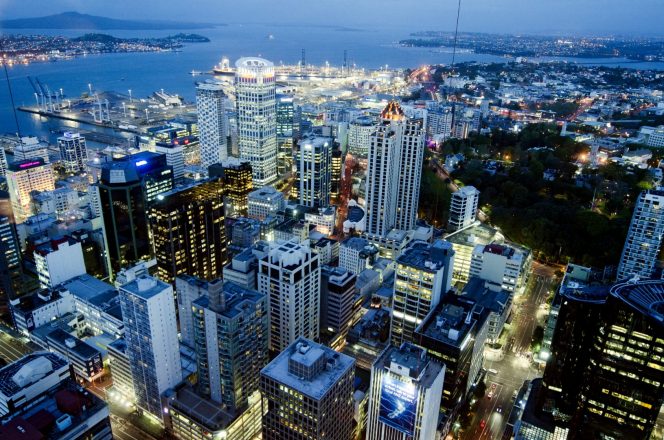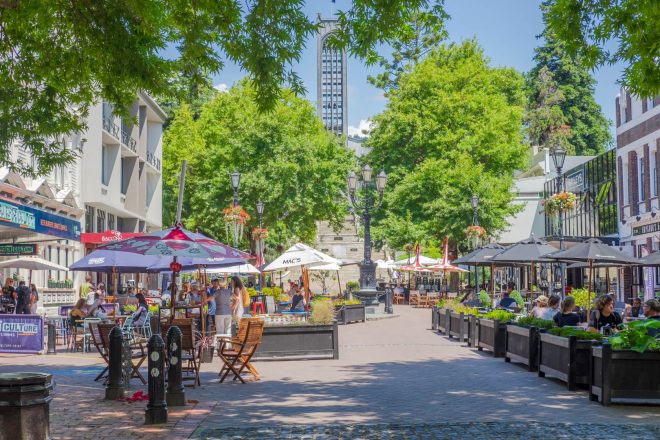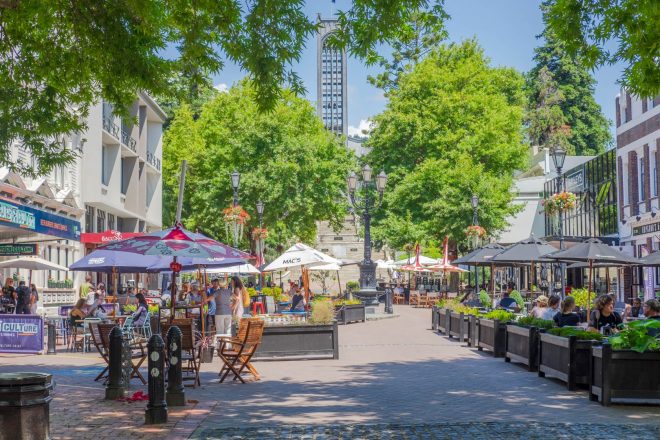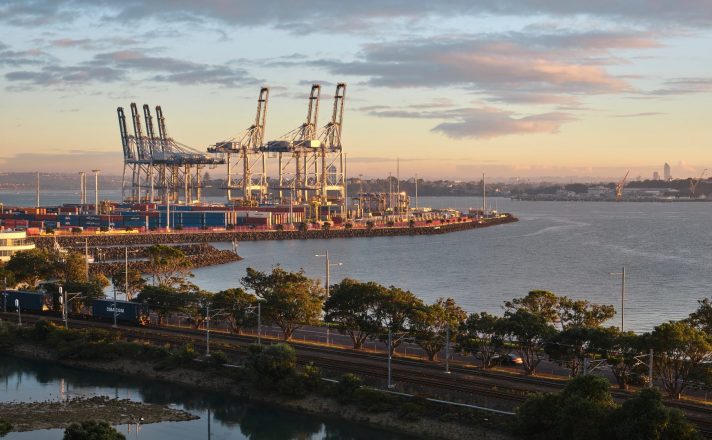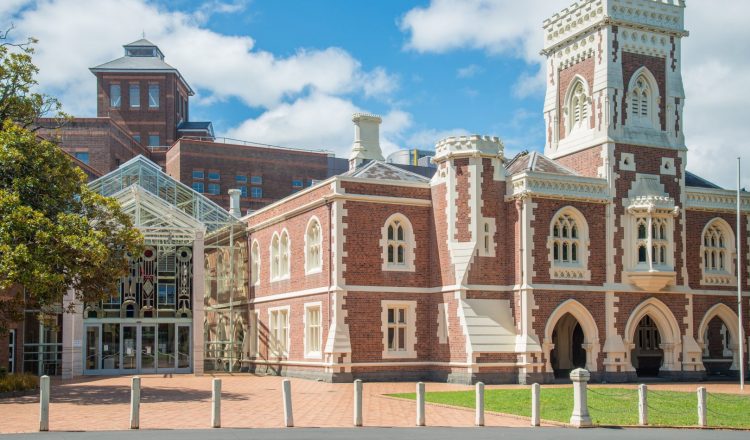Yêu cầu nộp hồ sơ đối với chi nhánh ở New Zealand và pháp nhân ở nước ngoài
Một công ty nước ngoài đang hoạt động kinh doanh tại New Zealand phải nộp hồ sơ:
(a) Bản trả lại hàng năm cho Văn phòng công ty xác nhận một số thông tin cụ thể của công ty; và
(b) Chuẩn bị, đã kiểm toán và nộp báo cáo tài chính hàng năm với Văn phòng Công ty nếu nó đủ điều kiện là “Tổ chức báo cáo FMC”, hoặc là một công ty ở nước ngoài “lớn”.
Một công ty ở nước ngoài sẽ “lớn” nếu một trong những điều sau đây áp dụng:
(a) Tại ngày cân bằng của mỗi trong hai kỳ kế toán trước đó, tổng tài sản của công ty và các công ty con của nó (nếu có) vượt quá 20 triệu NZ $ ; hoặc
(b) Trong mỗi kỳ kế toán trong số hai kỳ kế toán trước đó, tổng doanh thu của công ty và các công ty con (nếu có) vượt quá 10 triệu NZ $ .
Báo cáo tài chính của một công ty ở nước ngoài phải được kiểm toán bởi một “kiểm toán viên đủ năng lực” và tuân thủ các thông lệ kế toán được chấp nhận chung được công nhận ở New Zealand. Một công ty ở nước ngoài có thể nộp báo cáo tài chính được lập theo các yêu cầu về báo cáo tài chính của quốc gia thành lập công ty ở nước ngoài nếu Văn phòng công ty đáp ứng rằng:
(a) Báo cáo tài chính tuân thủ các yêu cầu của pháp luật có hiệu lực tại quốc gia nơi công ty ở nước ngoài được thành lập; và
(b) Những yêu cầu đó về cơ bản giống với những yêu cầu ở New Zealand.
Ngoại lệ tương tự có thể áp dụng cho các tiêu chuẩn kiểm toán và đảm bảo (nghĩa là khi Văn phòng công ty hài lòng rằng các tiêu chuẩn kiểm toán và đảm bảo của quốc gia thành lập công ty ở nước ngoài về cơ bản giống hoặc tương đương với các tiêu chuẩn có hiệu lực ở New Zealand).
Cũng như đối với các công ty ở New Zealand, các công ty ở nước ngoài không cần lập báo cáo tài chính riêng của “công ty mẹ” nếu báo cáo tài chính của “tập đoàn” đã được lập đối với nhóm công ty. Tuy nhiên, bất kể báo cáo tài chính của công ty mẹ hay tập đoàn được lập, báo cáo tài chính phải bao gồm các báo cáo cụ thể được lập liên quan đến hoạt động kinh doanh của công ty (hoặc tập đoàn) ở nước ngoài tại New Zealand nếu doanh nghiệp đó “lớn” (được tính như thể doanh nghiệp đó là một tổ chức. , áp dụng các ngưỡng tương tự như đã nêu ở trên cho các công ty ở nước ngoài), như thể hoạt động kinh doanh đó được thực hiện bởi một công ty hoặc một nhóm công ty được thành lập và đăng ký tại New Zealand.
Các công ty ở nước ngoài cũng có thể xin các trường hợp miễn trừ cụ thể đối với các yêu cầu báo cáo tài chính của New Zealand, có thể được ban hành bởi Văn phòng công ty vào từng thời điểm. Các quy định về thuế áp dụng cho các công ty nước ngoài có chi nhánh tại New Zealand được giải thích trong phần 7 của hướng dẫn này.

















































